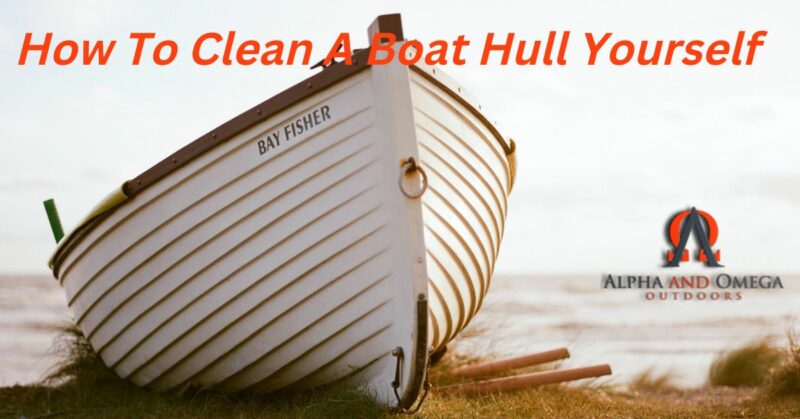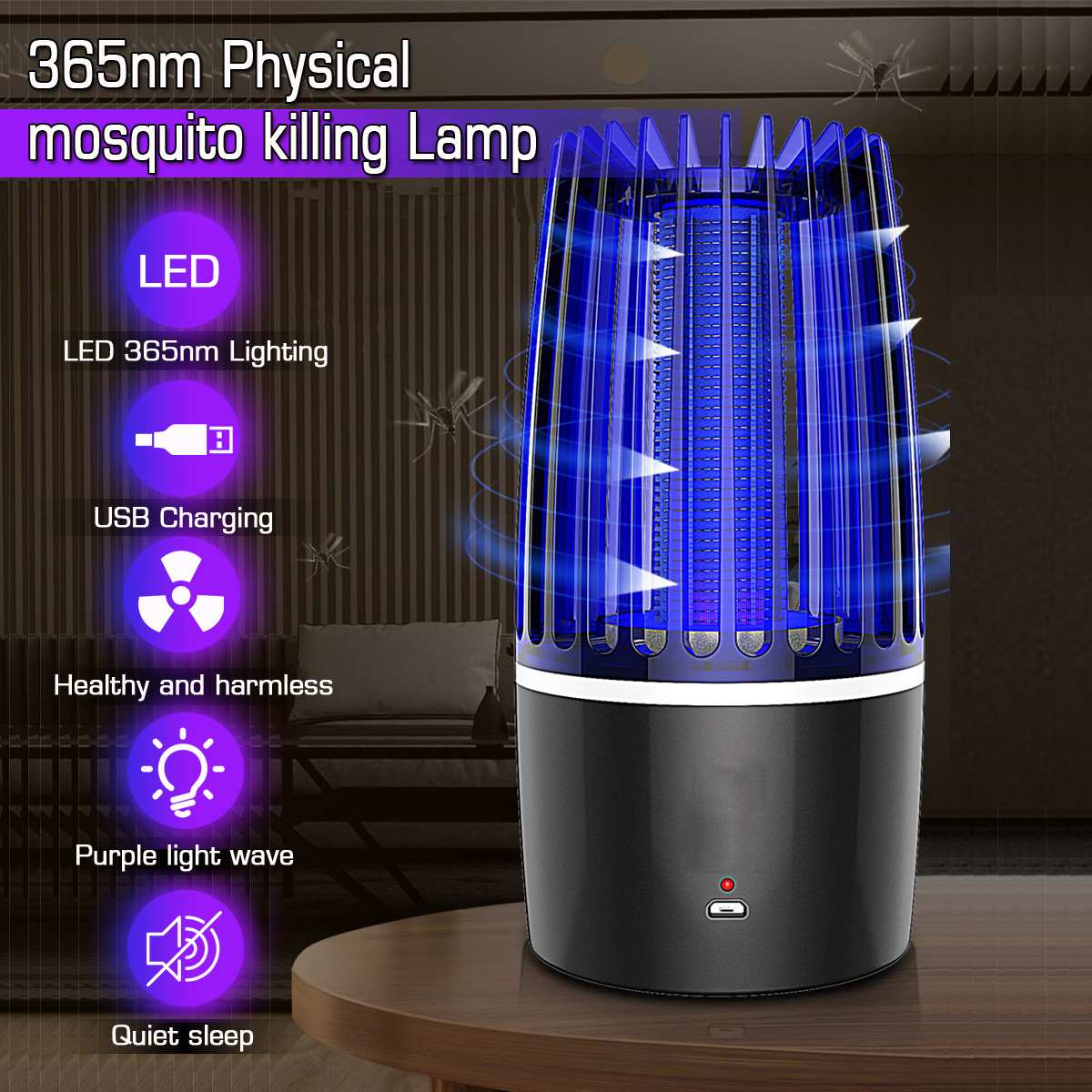
Taking care of your boat hull is an important part of keeping it in good condition and ensuring that you get the best performance out of it whenever you take it out on the water. Regularly cleaning your boat’s hull can help protect its paint from corrosion, improve fuel efficiency, and reduce drag. This guide will provide step-by-step instructions on how to clean a boat hull yourself. In addition, I will describe several different methods including hand washing, pressure washing, and chemical cleaning.
Before you start the cleaning process, make sure to do a thorough inspection of your boat’s hull. Look for any signs of wear or damage that may need to be addressed before proceeding with the cleaning. Also, check to see if there are any barnacles or other marine growth that needs to be removed.
Once you have completed the inspection, it’s time to start cleaning your boat’s hull.
Table of Contents
- You Can Clean A Boat Hull On The Trailer
- How To Clean A Boat Hull With A Pressure Washer
- How To Clean A Boat Hull With Soap And Water
- How To Clean A Boat Hull With Vinegar
- How To Clean A Boat Hull With Baking Soda
- How To Clean A Boat Hull With Bleach
- How To Clean A Boat Hull With Muriatic Acid
- What should you not clean your boat with?
- How do you clean the bottom of a boat hull?
- How To Wax A Boat Hull
- How To Clean A Boat Hull In The Water
- Final Thoughts
- Frequently Asked Questions
You Can Clean A Boat Hull On The Trailer
This may seem like a no-brainer to most. However, I have been asked if it is possible to clean a boat hull while it is still on the trailer. Yes, it is! But, there are some key things you’ll need to know before you start.
- First, make sure that you are parked on a level surface so that the hull is not at risk of any damage from the trailer or rollers.
- Second, you will need to make sure that the area is clear of any obstructions so that you can get access to the entire hull.
- Third, you will need to make sure that you have all of the necessary materials and tools on hand. This includes a soft bristle brush, a bucket of soapy water, and an appropriate cleaning solution for your hull type.
Once you have all of the materials and tools you will need, you can begin.
How To Clean A Boat Hull With A Pressure Washer
If you have a pressure washer, it is possible to clean the hull of your boat with this method. This can be a great way to quickly and efficiently remove dirt, grime, and other contaminants from the surface of your boat.
- Start by setting up the pressure washer on a stable surface at a safe distance from your boat. Make sure that you wear protective clothing such as gloves and goggles when using the pressure washer.
- Next, start by spraying a light mist onto the hull of your boat with the pressure washer. Start at the bow and work your way back towards the stern in a sweeping motion.
- Once you have applied the pressure washer to all of the surfaces of the hull, you can go back over it with a soft-bristled brush and soapy water. This will help to remove any stubborn dirt or grime that may have been left behind by the pressure washer.
- Finally, rinse off all of the soap residues from your boat’s hull with clean water. Allow the hull to air dry before you wipe it down with a clean cloth.
Cleaning the hull of your boat with a pressure washer is an effective way to keep it looking its best. However, make sure that you follow the manufacturer’s instructions for use and always wear protective clothing when using the pressure washer so that you don’t end up damaging your boat.
How To Clean A Boat Hull With Soap And Water
This is the most basic and least expensive way to clean your boat’s hull. All you will need is a bucket of soapy water, a soft-bristled brush, and access to fresh water for rinsing.
- Start by wetting down the entire hull of your boat with fresh water. This helps to loosen any dirt or debris that may be stuck to the hull’s surface.
- Next, fill a bucket with soapy water and use the soft-bristled brush to scrub the hull. Make sure to get into all of the nooks and crannies so that you can effectively remove any dirt or grime that is stuck to the surface.
- Rinse the hull off with clean water and allow it to air dry before wiping it down with a clean cloth.
This method of cleaning is simple, effective, and doesn’t require any special equipment. Cleanin a boat hull yourself doesn’t have to be a daunting task! Just make sure that you take your time and pay attention to all of the details so that you can keep your boat looking its best.

How To Clean A Boat Hull With Vinegar
Vinegar is an excellent natural cleaner that can help to remove dirt, grime, and other contaminants from the hull of your boat. All you will need is a bucket of water, white vinegar, and a soft bristle brush.
- Start by filling a bucket with one part white vinegar and three parts water.
- Dip the brush into the solution and start scrubbing the hull of your boat in a sweeping motion, starting at the bow and working your way back toward the stern.
- Make sure to pay attention to any nooks and crannies as these are often where dirt and debris can build up.
- Once you have scrubbed the entire hull, rinse it off with clean water and allow it to air dry before wiping it down with a clean cloth.
This cleaning method is safe, natural, and effective. Vinegar can help to break down dirt and grime while also killing off any bacteria or mold that might be growing on the surface.
How To Clean A Boat Hull With Baking Soda
Baking soda is a great natural cleaning agent that can help to remove dirt, oil, and other contaminants from the hull of your boat. All you will need is a bucket of water and baking soda.
- Start by filling a bucket with warm water and adding one cup of baking soda.
- Dip the brush into the solution and start scrubbing the hull of your boat in a sweeping motion, starting at the bow and working your way back toward the stern.
- Make sure to pay attention to any nooks and crannies as these are often where dirt and debris can build up.
- Once you have scrubbed the entire hull, rinse it off with clean water and allow it to air dry before wiping it down with a clean cloth.
This method of cleaning is simple, natural, and effective. Baking soda can help to break down dirt and grime while also deodorizing the area.
How To Clean A Boat Hull With Bleach
Using bleach to clean your boat’s hull can be an effective way to remove dirt, grime, and other contaminants from the surface. Just make sure that you use the proper safety precautions when handling the bleach and always wear protective clothing.
- Start by filling a bucket with one part bleach and three parts water.
- Dip the brush into the solution and start scrubbing the hull of your boat in a sweeping motion, starting at the bow and working your way back toward the stern.
- Make sure to pay attention to any nooks and crannies as these are often where dirt and debris can build up.
- Once you have scrubbed the entire hull, rinse it off with clean water and allow it to air dry before wiping it down with a clean cloth.
This method of cleaning is fast, effective, and can help to kill off any bacteria or mold that might be growing on the surface. Just make sure to use caution when handling bleach and follow all safety instructions.
How To Clean A Boat Hull With Muriatic Acid
Muriatic acid is a powerful cleaning agent that can help to remove dirt, oil, and other contaminants from the hull of your boat. Just make sure that you use the proper safety precautions when handling the acid and always wear protective clothing.
- Start by filling a bucket with one part muriatic acid and three parts water.
- Dip the brush into the solution and start scrubbing the hull of your boat in a sweeping motion, starting at the bow and working your way back toward the stern.
- Make sure to pay attention to any nooks and crannies as these are often where dirt and debris can build up.
- Once you have scrubbed the entire hull, rinse it off with clean water and allow it to air dry before wiping it down with a clean cloth.
This method of cleaning is fast, effective, and can help to kill off any bacteria or mold that might be growing on the surface. Just make sure to use caution when handling muriatic acid and follow all safety instructions.
What should you not clean your boat with?
You should never use household cleaners or abrasive materials such as steel wool to clean a boat hull. These types of products can cause serious damage to the hull and shorten its lifespan. Additionally, always avoid using any type of solvent on your boat hull as this can strip away the protective coating and leave it vulnerable to the elements. Instead, opt for a specialized boat cleaner and wax that are approved for use on your type of boat hull. This will help to keep it looking great and in top condition for years to come.
How do you clean the bottom of a boat hull?

Cleaning the bottom of a boat hull is an important part of keeping it in top condition. Start by using a soft bristle brush and soapy water to scrub away any dirt and grime. If there is any barnacles or other growth on the hull, you will need to use a specialized cleaning solution and scraper to remove them. Once all of the debris has been removed, rinse the hull with fresh water and allow it to dry completely before reapplying any protective coating or wax.
Keep in mind that the bottom of a boat hull will become dirty and covered with algae very quickly, so be sure to clean it regularly and apply a fresh layer of wax or protective coating every few months. This will help to keep it looking great and reduce drag when the boat is in use. Additionally, always wear protective clothing when handling any cleaning products.
How To Wax A Boat Hull
Waxing a boat hull is an important part of keeping it in good condition and helping to protect the paint from corrosion. Waxing can also help to improve the performance of the boat by reducing drag on the hull.
- Once it is clean, dry the surface using a clean cloth or soft towel.
- Apply a thin layer of quality boat wax to the hull, making sure to cover all areas.
- Allow the wax to dry for at least 15 minutes before buffing it off with a clean microfiber cloth.
- You should wax your boat hull every few months or as needed to keep it in top condition.
How To Clean A Boat Hull In The Water
If you have a large boat and it has become necessary to clean part of the hull, it is not always practical to take it out of the water. In this case, you can still clean the hull in the water. However, you will still need to get your boat out at some point and do a more thorough job.
When cleaning the hull in the water, it is important to do so safely and not cause any damage. This includes taking safety precautions, such as wearing a life jacket, having all of your necessary materials and tools on board, and using extreme caution when handling sharp instruments or power tools.
Once you have taken these safety measures, you can begin by scrubbing the top side of the hull with a soft bristle brush and a bucket of environmentally friendly soapy water. Take care not to use too much pressure and make sure that you thoroughly rinse away any soap residue when finished.
If you encounter any areas of barnacles or growth, you will need a specialized cleaning solution and scraper to remove them. Once all of the grime has been removed, rinse the hull with fresh water and allow it to dry completely before reapplying any protective coating.

Final Thoughts
These are just a few of the steps you can take to properly maintain and clean your boat hull. Following these steps will help to ensure that your boat looks great and performs well for many years to come. If you ever find yourself in need of professional help, you can always call a local marine service provider to assist you.
No matter how you choose to clean your boat hull, it is important to be safe and use the proper safety precautions at all times. Keeping your boat hull in good condition is essential for both its performance and its longevity, so make sure to take the necessary steps to keep it looking and operating at its best.
By following the tips outlined in this article, you can easily keep your boat hull clean and looking great. How to Clean a Boat Hull Yourself is an easy process that anyone can do with the right materials and knowledge. Just make sure to take the proper safety precautions when handling the cleaning products and always wear protective clothing. With a little bit of effort, you can keep your boat hull looking great and performing well.
Frequently Asked Questions
What can I use to clean the hull of my boat?
You can use a variety of products to clean the hull of your boat, such as soap and water, specialized cleaners, and wax. Make sure to read the instructions of each product before using it, and always use the proper safety precautions when handling any cleaning products.
How often should I clean my boat hull?
It is recommended that you clean your boat hull every few months or as needed. This will help to keep it in top condition and reduce drag when the boat is in use. Additionally, it is important to give your boat hull regular waxing every few months to keep it looking great.
How do I remove barnacles from the hull of my boat?
If you find barnacles or other growth on the hull of your boat, you will need to use a specialized cleaning solution and scraper to remove them. Be sure to wear protective clothing when using the cleaning solution and take extra care when using the scraper to avoid damaging the hull.
What is the best way to protect a boat hull?
The best way to protect a boat hull is to keep it clean and waxed regularly. Additionally, you may want to consider applying a protective coating to your boat hull, such as an epoxy or polyurethane. This will help to further protect it from the harsh elements and keep it looking great for years to come.
How do you clean a fiberglass hull?
Cleaning a fiberglass hull is similar to cleaning any other type of boat hull. Start by scrubbing the top side of the hull with a soft bristle brush and a bucket of environmentally friendly soapy water. If there is any growth or barnacles on the hull, you will need to use a specialized cleaning solution and scraper to remove them. Once all of the grime has been removed, rinse the hull with fresh water and allow it to dry completely before reapplying any protective coating or wax.
Keep in mind that fiberglass is a delicate material, so take extra care when cleaning and waxing the hull to avoid any damage. Additionally, always wear protective clothing when handling any cleaning products.
Featured Photo by Daniel Ian


